In a world of tech fairy tales, there would be nothing wrong with telling the Spark Core story as yet-another Kickstarter miracle that surprised everyone, especially its founders, who were subsequently left with only one option - to go ahead and change the world. "People have spoken", the Oracle would announce.. "now go and fulfill your destiny". Intentionally or not, Kickstarter has been often instrumental in myth-making and repackaging of impulse reactions to a particular product pitch into ultimate and irrevocable expression of collective free will. Some people just take the whole crowdfunding thing at face value, while others know how to exploit it for fun & profit.
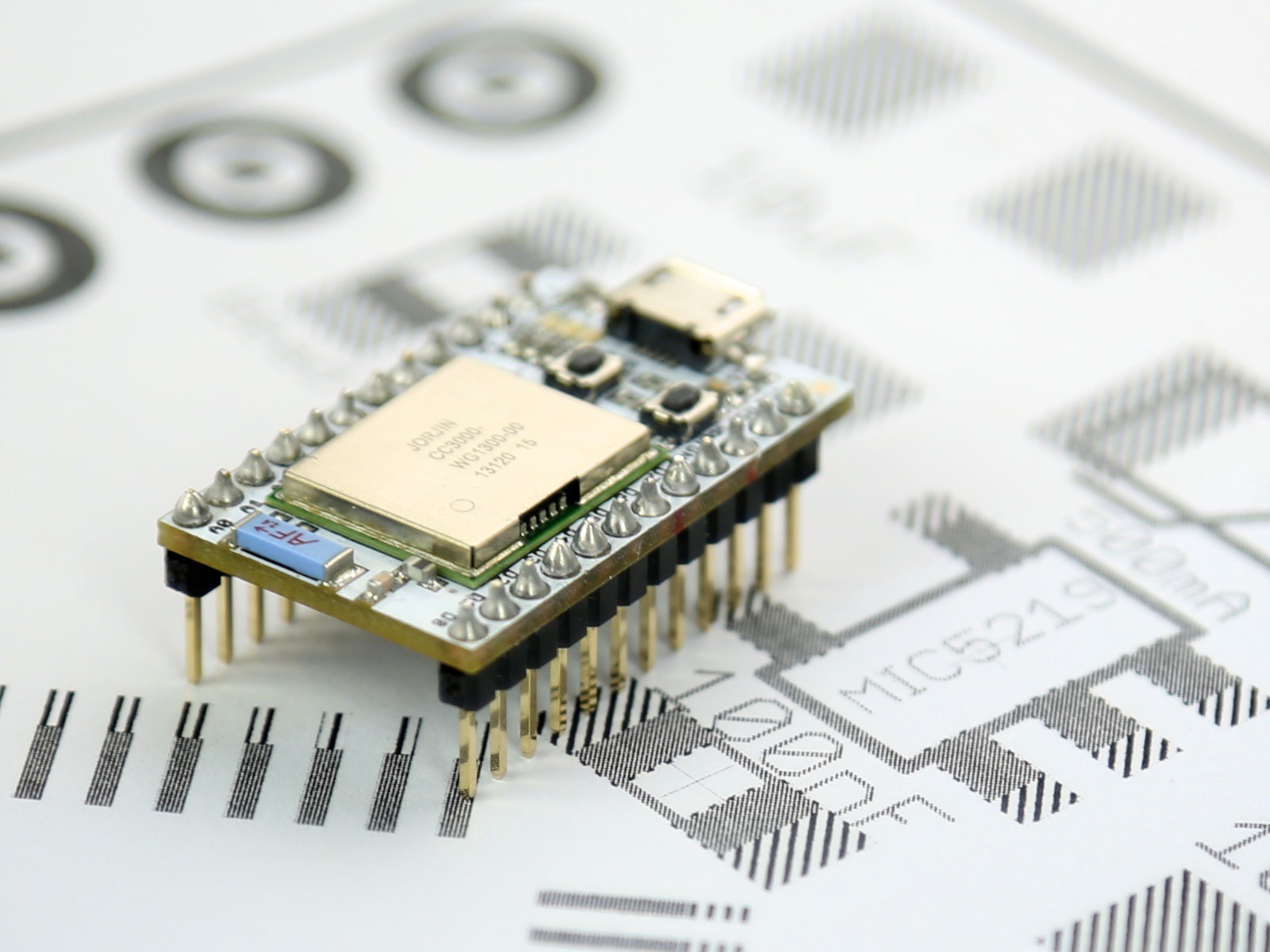
Spark guys were certainly on the "smart" side of this dilemma. Six months before launching the campaign, they joined HAXLR8R, a San Francisco based hardware accelerator program. There they have refined the pitch, product and identified the market and target group that was most likely to help in taking the whole thing off the ground. The market was Maker community, and the trigger was - being a WiFi shield for Arduino that can also operate as an independent device (although these features were presented in reverse order). In the spirit of "lean" playbook, final step was playing the Kickstarter card in order to test the product-market-fit. Learning from experiences of their previous (Spark Socket) campaign which failed to reach its $250,000 funding target, Spark Core set a relatively modest fundraising goal - only $10,000. And knocked its socks off. Being 50x+ oversubscribed just makes everything look so much better.
The product itself is exactly what you would expect out of Y Combinator-style accelerator in 2013 - a "Platform for Internet of Things". People love to fund platforms. They are much more lucrative than the product you sell a piece at the time. Platforms are about a steady stream of recurring revenues, long-term user lock-in and high switching costs, network effects, "app" ecosystem, scalable business models... the works. Selling X "units" of a product only yields revenue that is a function of its net margin. Bringing the same number of users on a "platform", on the other hand, can be worth anything you can dream of. And investors like to dream.
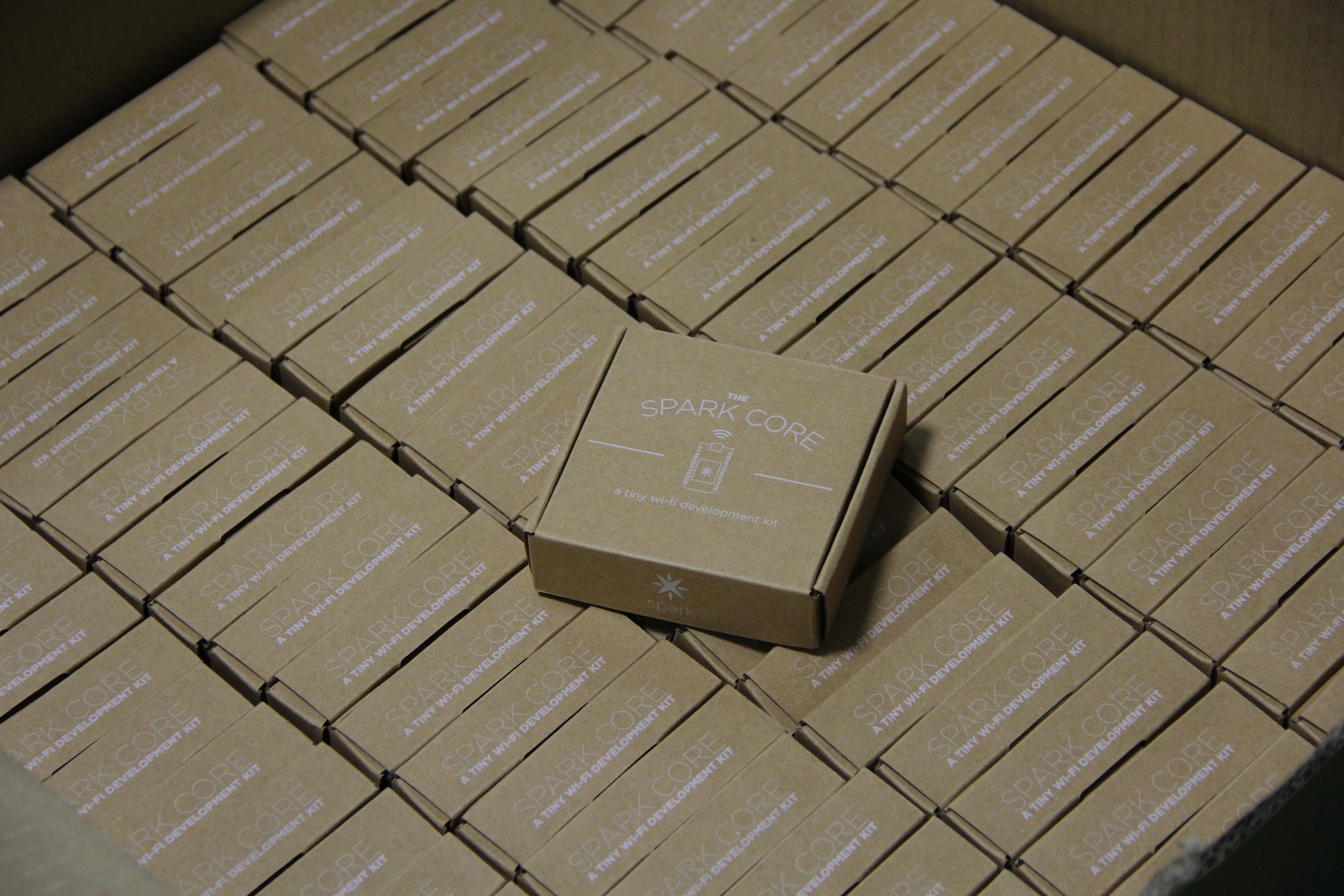
Great news for Spark guys was that, around the time, Texas Instruments came up with a module that's just a tool for the job - CC3000 wireless network processor with a price tag in the low $10 range. It was not the first such module on the market, but with features such as Smart Config, it was the easiest to use and apply to most real-world situations straight out of the box. Startups love things that work out of the box - it leaves more time for all the handwaving.
Another factor was the fact that the module has already generated some buzz in the maker community, and it was only a matter of weeks before someone was to create a popular Arduino breakout board for it. Spark guys saw an opportunity here and jumped right on it. They were also smart enough to realize that being married to Arduino might not be the smartest business move and decided to up the price a bit and include an onboard SPI controller of it's own - STMicro's STM32F103 Cortex-M3. Increase in BOM cost was roughly $5 (microcontroller itself is in the $3 ballpark), but well worth the cost - suddenly the product was not limited to a relatively small market anymore (~1M of Arduinos sold in the entire world). Now it was a device that can be plugged into "anything". And that gives marketers limitless bragging opportunities.
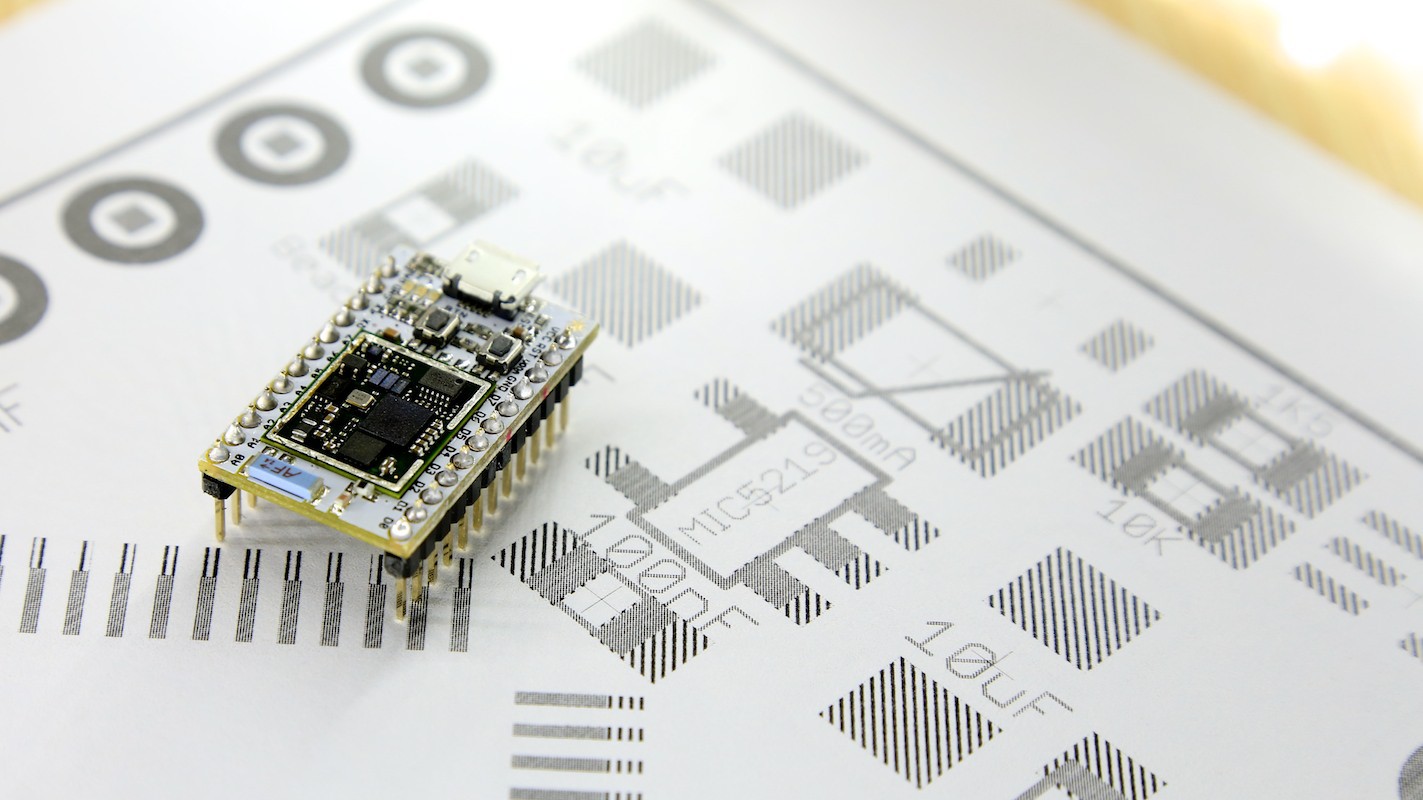
The question is - how does Spark become the Platform for Internet of Things? Sure, it does provide a drop-in worry-free Internet connectivity to any hardware device, but at $39 price tag, how does it get designed in? For Makers, handing out this sum for one Spark Core to hook it up to that one Arduino sitting in the drawer is a no brainer. But will it ever get designed in into actual products that are produced in thousands if not millions? Even more so because the actual "internet connectivity" is not achieved by Spark Core, but rather by TI's CC3000 chip. Software guys are used to the model where you take a library that does something complex (and that you did not write), wrap it into a simple API and then resell API access at massive premium. Hardware guys, on the other hand, still care about every single nickel of cost and don't like paying a premium for all the fluff.
Another aspect is the cost of the module itself. Given that It aims at having a pretty general functionality and uses quite expensive chip, the cost of components alone (even at significant volumes) ends up in the high $20 ballpark. With all other things on top, this leaves a fairly narrow profit margin for Spark. Also, we know there are similar sub-$10 drop-in WiFi connectivity modules out there which might not be as easy to use, but not too hard either. To make matters worse, if you were to try to strip down the cost of the board itself (the BOM and all the schematics are open) you would end up with something that's essentially just a TI CC3000 reference design. So why do you need Spark for and how does it get designed in?
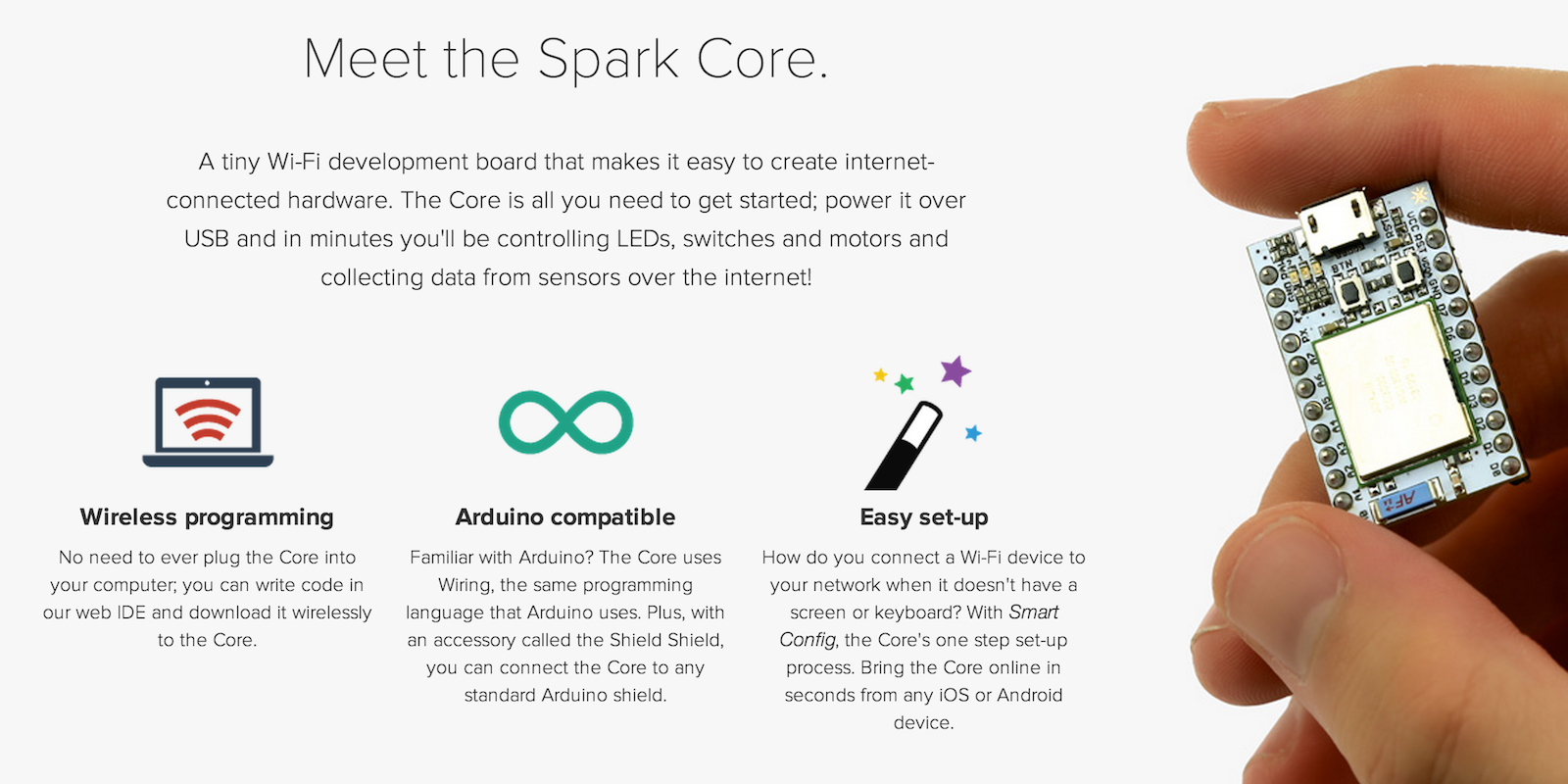
It would be tempting to dismiss Spark guys at this point claiming that it will "never work" as a big business, but this part is exactly why people go to accelerators and things alike and immenselyout there
If the design was closed, the board would never stand a chance of getting designed in into anything aimed at mass production and would probably remain in the hobbyist realm forever. And at that point it would just become yet-another board on the Adafruit / Sparkfun catalog. However, exactly because the board open, there is chance of serious engineer picking up the whole stack as a development platform, thinking he will just reimplement it later on his own and wouldn't have the pay the full price.
And therein lies the catch.
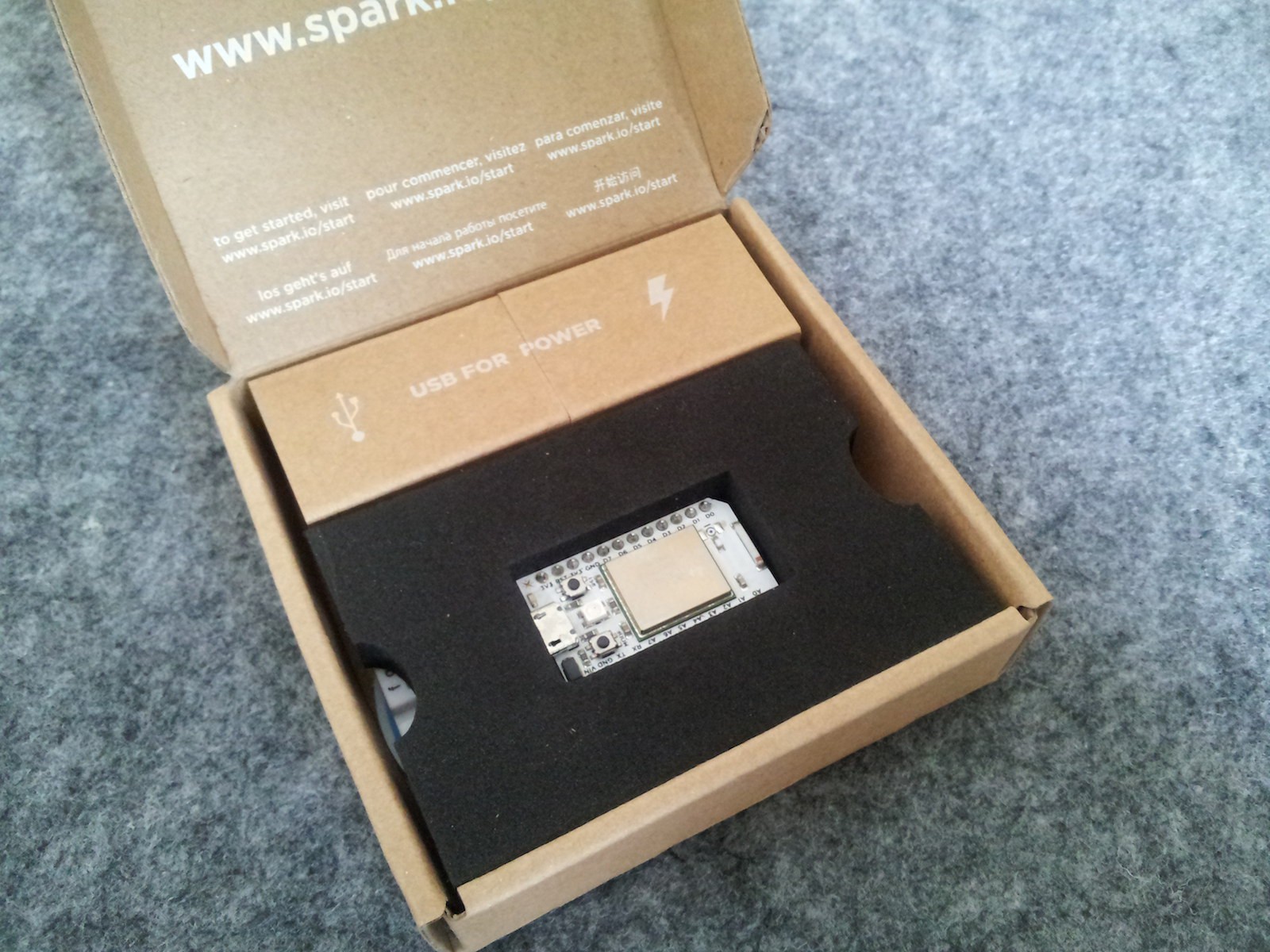
The catch is in the fact that monetization of IoT "platforms" like this simply can't be about the hardware. In that aspect, it will always be a race to the bottom and it is the manufacturer's modules that will end up being designed in at the end, not the board that someoneXivley
That is not to say that using REST APIs to drive IoT devices is not the right way to go. On the contrary - it will allow moving all the complexity and computational requirements back on the server side, which will provide a lot more power to every single IoT device at only a fraction of the cost and allow for previously unimaginable applications. This shift is bound to happen because of the economics of the whole thing - deploying expensive devices as endpoints, where they will idle most of the time, makes no financial sense. Centralization is known to solve this very efficiently and is a direction that everything in this space will take, sooner or later.
And this is the reason everyone is jumping on board wanting to be "the" platform for Internet of Things. Once you're providing services in the 'cloud', things get obfuscated very quickly and you can claim that your "minimum viable product" does magic and get away with it (as people have learned from Spark's sensationalist publicity stunt earlier this year). And it would be crazy for so many software guys out there to miss such a rare opportunity at building a simple Rails+Mongo (or any other combo of choice) API and calling it the "Cloud Platform for Internet of Things".
Spark did an incredible job at writing the playbook on how to get there, but now it's up to everyone else to replicate and see if they can take it up it a notch. It will be a while until any of these platforms starts getting built-in into real products and until then, the IoT "platform" battle is on.
Aleksandar Bradic
 Aleksandar Bradic
Aleksandar Bradic
Discussions
Become a Hackaday.io Member
Create an account to leave a comment. Already have an account? Log In.
Are you sure? yes | no